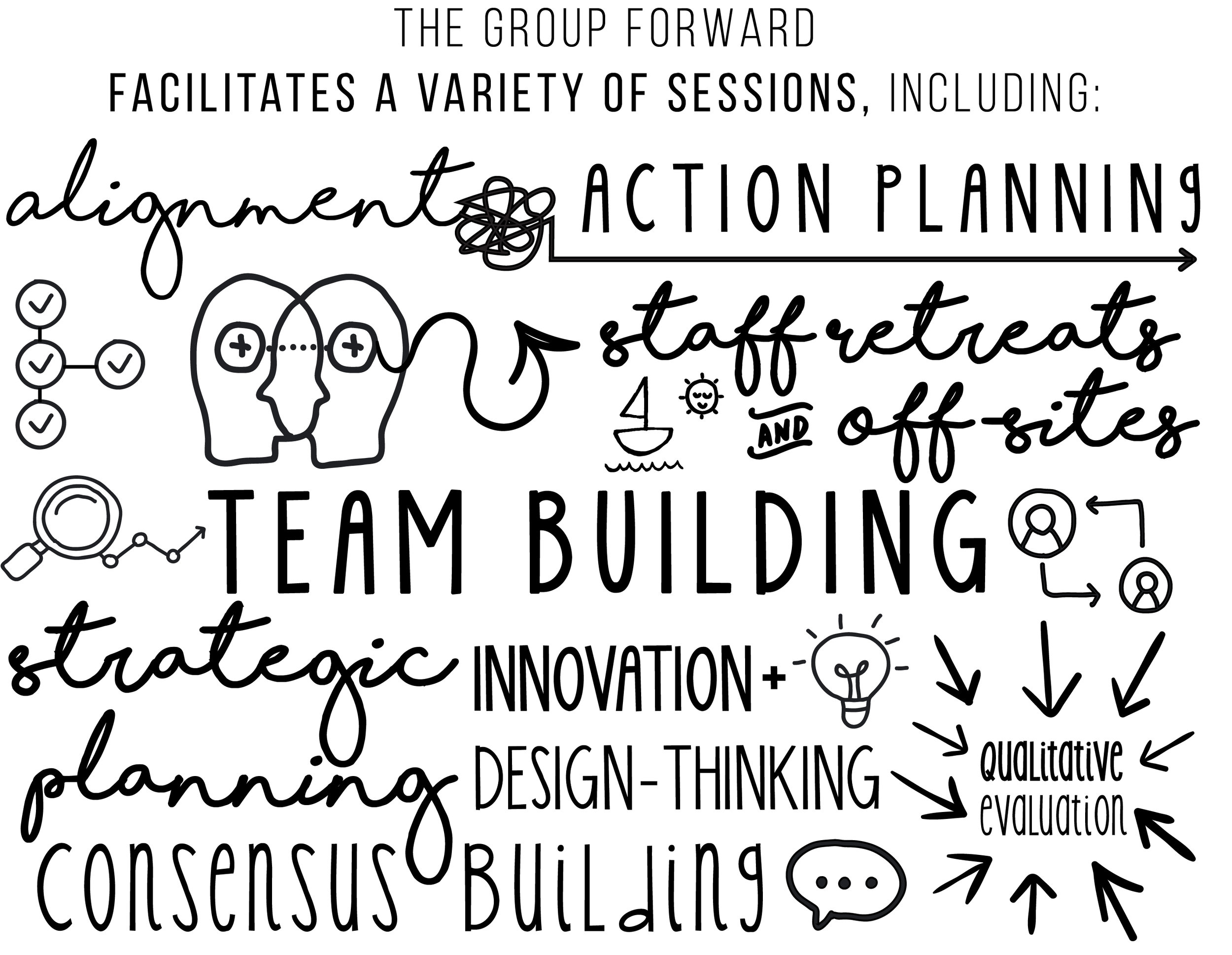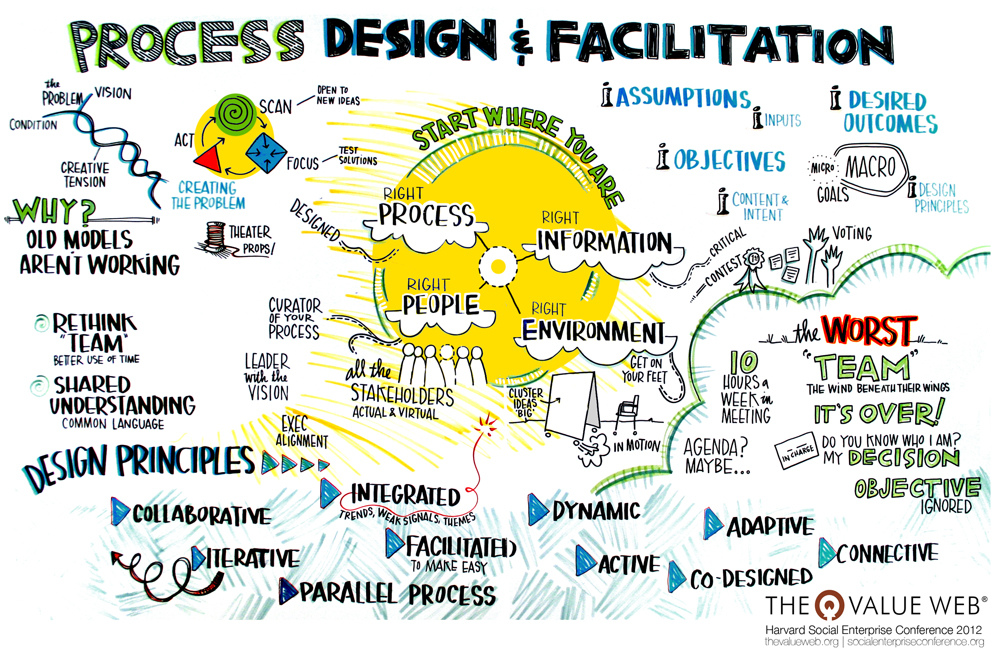Multi-Team Lead Facilitator: Orchestrates the Moving Parts
By Team Lean Agile Intelligence

A Servant Leader Who Orchestrates The Moving Parts
As a Multi-Team Lead Facilitator, you play a crucial role in guiding Agile teams toward continuous improvement and maximizing their effectiveness. Beyond the basics of facilitating ceremonies and coordinating team activities, there are additional strategies you can employ. For example, you can foster a culture of self-organization by coaching the team on cross-functionality, encouraging them to take ownership of their work, and promoting continuous improvement in their ways of working.
Continuous learning and improvement are crucial to your role as a Multi-Team Lead Facilitator. Embrace a value-driven leadership approach by putting the needs of others first, actively promoting a culture of continuous improvement, and seeking opportunities to enhance your facilitation skills. Consider taking advantage of resources like our free agile assessment for Multi-Team Agility to gain a comprehensive understanding of your multi-team's current process status and identify areas for improvement. With these strategies and a strong focus on facilitation, you can help your team and organization achieve their strategic goals.
Multi-Team Lead Facilitator and The Learning Journey
At Lean Agile Intelligence, we recognize Multi-Team Lead Facilitation as the lead facilitator's ability to create an environment where team members can focus, learn, and deliver value. We divided the learning journey into 4 different stages: Developing, Emerging, Adapting, and Optimizing. In the following sections, we will discuss each stage in detail as well as provide practical tips and techniques to help you strengthen your skills in this area. Our goal is to help you become a highly effective Lead Facilitator who can guide your team and stakeholders to deliver maximum value with minimum waste. By mastering the principles and techniques of Multi-Team Lead Facilitation, you can help your team and organization achieve their strategic goals and create a culture of continuous improvement.

Source - Facilitation
Developing
A Multi-Team Effort “developing” an understanding of the value of a Lead Facilitator practice and adopting the foundational techniques should focus on the following improvements:
-
The What: A Lead Facilitator (i.e., Release Train Engineer, Chief Scrum Master) is dedicated to the Multi-Team Effort and acts as a servant leader who drives continuous improvement in ways of working
- The How: It is important to embrace the mindset of putting the needs of others, including team members, product owners, and stakeholders, as a top priority. Actively seek out opportunities to understand their needs, challenges, and aspirations, and strive to fulfill those needs through your facilitation and leadership. As a Multi-Team Lead Facilitator, your role extends beyond individual teams to the entire multi-team effort. Foster collaboration and knowledge sharing among teams by facilitating cross-team events, such as communities of practice, guilds, or workshops, where teams can learn from each other, share best practices, and collectively identify and address challenges that impact the overall performance of the multi-team effort.
-
The What: Facilitates the Multi-Team Effort sync events (Planning, Stand-Up, Review, Retrospectives, etc.)
- The How: As a facilitator, create a safe and inclusive environment where team members feel comfortable expressing their opinions, ideas, and concerns. Set ground rules for respectful communication, encourage active listening and manage any conflicts or disagreements that may arise during the sync events. Foster a culture of openness, transparency, and trust to enable effective collaboration among teams. Invest in developing your facilitation skills through continuous learning and improvement. Familiarize yourself with different facilitation techniques, tools, and frameworks, and apply them based on the specific needs of the multi-team effort and the teams involved. Seek feedback from team members and other stakeholders to continuously refine your facilitation approach and enhance the effectiveness of the sync events.
-
The What: Helps coordinate the activities and dependencies of the Multi-Team Effort
-
The How: As a Multi-Team Lead Facilitator, coordinating the activities and dependencies of the multi-team effort is a critical aspect of your role. Here are some detailed strategies to help you effectively manage dependencies and promote coordination among teams:
- Identify and mitigate dependencies early: Proactively identify dependencies among teams and address them as early as possible to minimize potential delays or blockers. Encourage teams to communicate dependencies and potential risks in a timely manner. Work with teams to develop mitigation strategies, such as reordering priorities, adjusting timelines, or collaboratively resolving dependencies.
- Facilitate "Scrum of Scrums" meetings: "Scrum of Scrums" is a common practice in Agile methodologies where Team Facilitators from different teams come together to discuss coordination, dependencies and challenges their teams are facing. As a Multi-Team Lead Facilitator, you can facilitate these meetings to promote coordination and issue resolution among teams. Ensure that the meetings are structured, focused, and inclusive, allowing for open discussions and collaborative problem-solving.
- Visualize and track dependencies: Create a visual representation of dependencies among teams using visual management techniques such as dependency boards, dependency maps, or other visual tools. Make sure that dependencies are easily visible and accessible to all team members and stakeholders involved in the multi-team effort. Regularly update and review the status of dependencies to identify and address any potential issues or bottlenecks proactively.
- Identify and mitigate dependencies early: Proactively identify dependencies among teams and address them as early as possible to minimize potential delays or blockers. Encourage teams to communicate dependencies and potential risks in a timely manner. Work with teams to develop mitigation strategies, such as reordering priorities, adjusting timelines, or collaboratively resolving dependencies.
-
-
The What: Removes impediments for the Multi-Team Effort or escalates them if necessary
-
The How: As a Multi-Team Lead Facilitator, you are responsible for helping to remove dependencies and obstacles that may hinder the teams' progress. Collaborate with relevant stakeholders and use your influence to drive timely and effective resolution of impediments. Follow up on the progress and ensure that the impediments are addressed and resolved in a timely manner. There may be situations where impediments are beyond your control or require higher-level intervention. In such cases, escalate the issues to the appropriate management or leadership level. Clearly communicate the nature and impact of the impediments, along with the efforts made to resolve them, and seek support or intervention as needed. Be proactive in escalating issues that may have a significant impact on the multi-team effort and ensure that the right stakeholders are engaged in the resolution process.
-

Emerging
A Multi-Team Effort “emerging” beyond the foundational techniques of Lead Facilitator practice and embracing it as they become more proficient should focus on the following improvements:
- The What: Ensures the Multi-Team Effort has the necessary feedback loops from all stakeholders
- The How: As a Multi-Team Lead Facilitator, it's crucial to define feedback channels and ensure that feedback flows freely within and across teams. This can be achieved by regularly conducting product demos where necessary stakeholders are invited to provide feedback, and by maintaining an open communication channel with stakeholders throughout the iteration. Making all work, artifacts, and metrics visible and easily accessible to stakeholders using collaboration tools, project management software, or documentation platforms can help shorten feedback loops. Additionally, fostering a collaborative culture within the team and encouraging knowledge sharing will enable team members to learn from each other and leverage their diverse skill sets. By regularly reviewing and updating team skills, and providing training and development opportunities, a Multi-Team Lead Facilitator can ensure that their team has the necessary skills to create a shippable product while maintaining an effective feedback-driven approach. This approach will increase the chances of a successful product launch.
-
The What: Ensures clearly defined and visible working agreements were co-created by contributors to the Multi-Team Effort
-
The How: As a Multi-Team Lead Facilitator, use a working agreement canvas to establish clear and visible working agreements for the multi-team effort. Include roles, responsibilities, team name, mission, metrics, logistics, strengths, growth opportunities, norms, and guidelines. Utilize the norms and guidelines section to collaboratively define team ways of working, fostering alignment and transparency among teams.
-
-
The What: Ensures the Multi-Team Effort abides by the Definition of Done
-
The How: A key aspect of ensuring quality and consistency across a Multi-Team Effort is to establish a shared Definition of Done (DoD) that outlines the quality standards required for each increment of the product. However, each team may have their own specific needs and requirements that go beyond the shared DoD. To address this, it's important for each team to have their own extended Definition of Done that incorporates these specific needs and requirements. You can read more about defining team DoD here.
To ensure that all teams are aligned and focused on quality standards, the Multi-Team Lead Facilitator can provide guidance and support in several ways. Firstly, they can conduct training sessions and workshops to clarify any questions or concerns related to the Definition of Done and the team's specific needs. They can also be available as a resource to teams and provide ongoing support to ensure that teams are aligned with the Definition of Done. Regularly conducting reviews and inspections of team deliverables against the shared DoD and each team's extended DoD is also essential. This can include reviewing completed work items, conducting code reviews, and reviewing documentation and other relevant artifacts. Any gaps or deviations from the Definition of Done should be identified, and appropriate actions should be taken to address them proactively.
-
-
The What: Ensures all Multi-Team Effort artifacts and metrics are visible to the teams and stakeholders
-
The How: As a Multi-Team Lead Facilitator, ensure that all artifacts and metrics are transparent and visualized using big visible information radiators or online tools. Make sure all team members have access to this information and review it together at team events and meetings, such as the daily standup. Examples of artifacts and metrics to review may include the agile board, burn-down chart, iteration goal, and other relevant information. This promotes visibility, accountability, and alignment among team members.
-
* * * * * *
"One of the core competencies of a Team Facilitator is facilitation."
* * * * * *
Adapting
A Multi-Team Effort “adapting” the Lead Facilitator practice to extract the full benefit should focus on the following improvements:
-
The What: Assists in resolving conflicts by listening, empathizing, and facilitating conflict resolution sessions
-
The How: Resolving conflicts is an important aspect of being a Multi-Team Lead Facilitator. Here are some tips on how you can effectively assist in resolving conflicts by listening, empathizing, and facilitating conflict resolution sessions:
-
Active Listening: Practice active listening skills to truly understand the concerns and perspectives of the parties involved in the conflict. Be fully present in the moment, give your undivided attention, and avoid interrupting or making assumptions. Ask open-ended questions to clarify and deepen your understanding of the situation.
-
Neutral Facilitation: Maintain a neutral stance and avoid taking sides in the conflict. As a facilitator, your role is to guide the conflict resolution process and ensure that all parties have an equal opportunity to express themselves. Use neutral language and avoid biased or judgmental statements. Stay focused on the facts and issues at hand, and help the parties separate emotions from facts to reach a resolution.
-
Structured Conflict Resolution Sessions: Use structured conflict resolution techniques, such as mediation or negotiation, to facilitate the resolution process. Provide a framework for the parties to follow, including setting ground rules, establishing clear objectives, and defining the agenda for the resolution session. Use techniques such as brainstorming, problem-solving, or role-playing to help parties explore different perspectives and generate potential solutions.
-
-
-
The What: Coaches Product leadership on backlog management, planning, and facilitation techniques
-
The How: As a Multi-Team Lead Facilitator, you can act as a coach for the entire agile team, including the product owner. Offer support to product owners in utilizing processes and artifacts that can drive team performance. You can refer to Roman Pichler's product management framework, which covers product management competencies, and work closely with product owners to enhance their capabilities. This collaborative approach fosters effective teamwork and can contribute to the overall success of the multi-team effort.
-

Source - The chemistry of magical facilitation (2) - Put the bossy herald to play for you
Optimizing
A Multi-Team Effort “optimizing” the knowledge sharing of the Lead Facilitator practice learnings across the enterprise should focus on the following improvements:
-
The What: Coaches Multi-Team Effort contributors and leadership on the importance of self-organization, cross-functionality, and continuous improvement
-
The How: As Multi-Team Lead Facilitator, you can help your teams become high-performing over time by utilizing coaching, teaching, mentoring, and facilitation skills. Encourage agile teams to be self-organizing, allowing them to decide how the work will be done and who will do it, as well as taking ownership of their process and results. Foster a culture of continuous improvement through techniques such as retrospectives, and refer to resources such as Andy Cleff's blog post on "Six Steps to Self-Learning Teams and Organizations" for in-depth guidance. These steps include building an inventory of skills, creating a team-level matrix, setting priorities, slack, and flow, developing guilds, measuring progress, and making self-learning teams visible. By implementing these strategies, you can support your teams in becoming more cross-functional, collaborative, and effective in delivering shippable products.
-
* * * * * *
"When the servants realize that things aren't the same without Leo, they came to the realization that Leo was far more than a servant – he was actually their leader."
* * * * * *
Conclusion
In conclusion, mastering the principles and techniques of Multi-Team Lead Facilitation can help you become a highly effective Lead Facilitator who can guide your team and stakeholders to deliver maximum value with minimum waste. By embracing the mindset of putting the needs of others as a top priority, facilitating cross-team collaboration, proactively managing dependencies, removing impediments, and ensuring feedback loops with stakeholders, you can contribute to creating a culture of continuous improvement in your organization. Strengthening your facilitation skills through continuous learning and improvement is key to becoming a successful Multi-Team Lead Facilitator who can help your team and organization achieve their strategic goals. For a thorough assessment of your multi-team's current process status, we offer a free agile assessment for Multi-Team Agility that you can take advantage of.